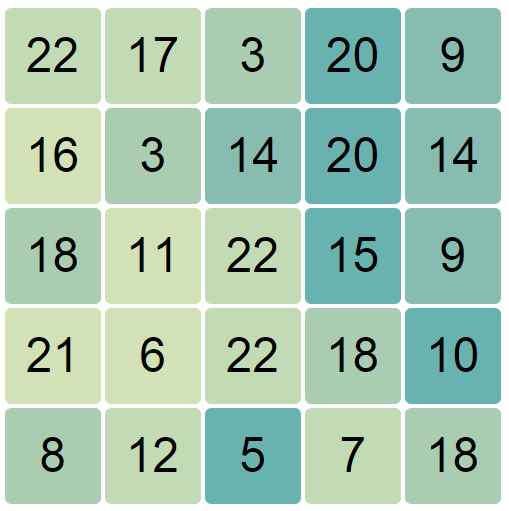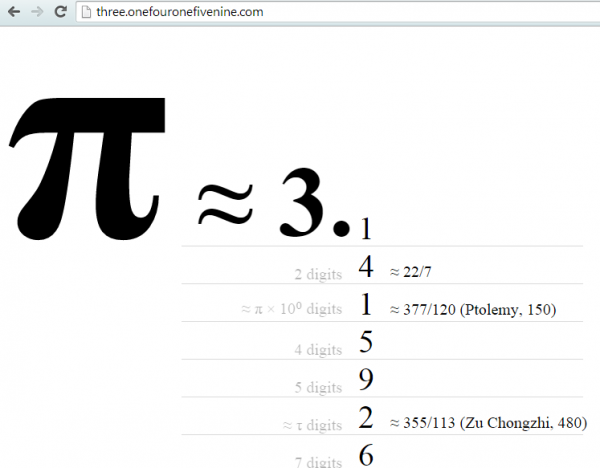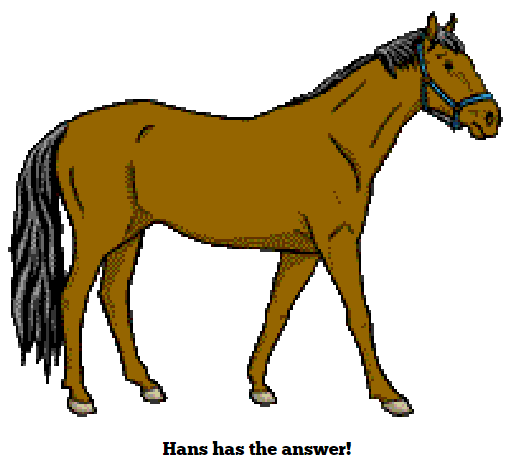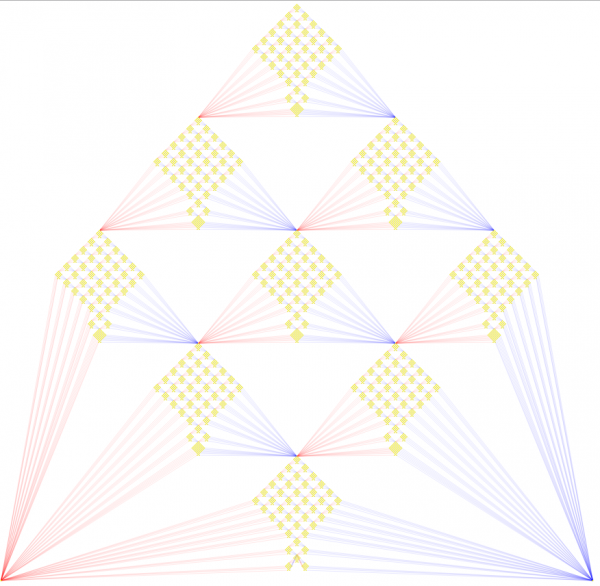
I gave a talk at the big MathsJam conference at the start of this month. It happens annually, so I had a whole year to come up with something interestingly mathematical to entertain my fellow mathmos.
When it came time to decide on a topic, I realised I’ve done loads of stuff this year! It was really hard to choose. So, now MathsJam is over, I thought I’d collect together all the mathematical things I’ve done in the last 12 (-ish) months.
DOBBLECEPTION
I finally decided to talk about a very stupid idea I’d had while playing the card game Dobble. A very brief summary for those who haven’t seen it before: each card in the Dobble deck has eight different symbols on it, and the deck has the property that any two cards have exactly one symbol in common.
A few people, including at least one MathsJam presenter, have already noticed that a pack of Dobble cards lives in a projective plane of order 7. Well, a fact I know about projective planes is that they are their own duals. That means that you can swap cards and symbols and keep the same structure. In Dobble terms, that means you can make a pack of bigs cards, each with eight original Dobble cards on them, and it’ll work just like the original deck.
I had to make this ridiculous thing a reality! And I did:
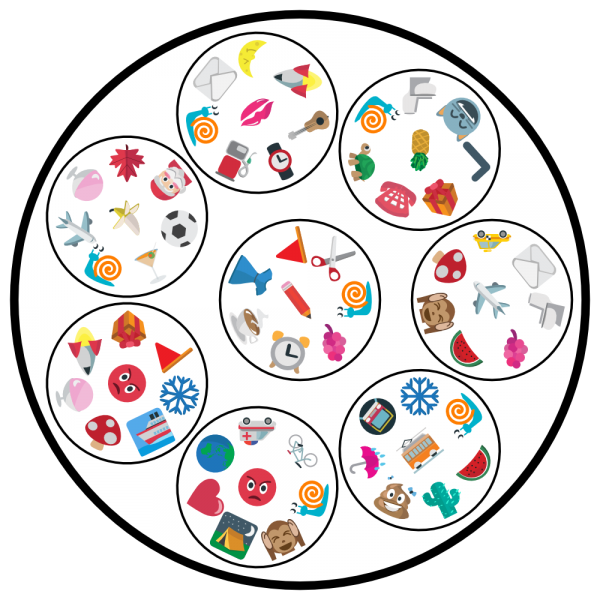
In fact, I did it twice:

If you’d been at big MathsJam, you would’ve seen the Actual Real Life Stack of Cards I made up with the level 3 design. It almost broke my work’s enormous A0 printer!
It turned out that I’d done my maths slightly incorrectly so, while my big stack of cards did work as a Dobble set, it didn’t just swap symbols and cards as straightforwardly as it should have. After I spent a week persuading a very expensive printer to make the cards, that was uniquely annoying!
You can look at the slides for my talk, or play about with making your own weird Dobble sets using the tool I made.
30 Second Challenge
I wrote a post about this – my wife’s grandma likes to challenge visitors with the “30 second challenge” from the Daily Mail (I think). I made a randomised online version for a laugh. It’s addictive!
You can play the game at christianp.github.io/30secondchallenge.
Sequences
I also wrote a post about this! Inspired by the likes of Twenty and 2048, I made a numbers-in-a-grid game. I couldn’t quite get the rules to work out so that it has lots of replayability, but it gives you something to think about for a while. You can play it online.
I bought three.onefouronefivenine.com
We went a bit Pi Day crazy here this year. My contribution to the madness was to buy three.onefouronefivenine.com and make it stream digits of pi at you, forever. Of course, I wrote a post about that, and I recommend you read the explanation I wrote about the streaming algorithm it uses.
I got married
I got married this year! Not a particularly mathematical event, since my wife isn’t a mathematician, but it was a pretty big deal on every other axis.
We made a stop at MoMath on our honeymoon. She knew what she was getting into!
A clever horse
Clever Hans is a horse who can answer maths questions. I’ve wanted to make a computery homage to the real Hans for a long time. I finally put it all together last week.
You can talk to Hans at christianp.github.io/clever-hans, or read about how it’s done.
A website for Puzzlebomb

Since we started The Aperiodical, Katie Steckles has been doing a sterling job of putting together a monthly page of puzzles, called Puzzlebomb. Every year at MathsJam we hand out printed copies of the last year’s Puzzlebombs. There are now just about 4 years’ worth of sheets, so I thought it was high time we a) automated the process of collecting them together, and b) made them a nice website of their own.
So now puzzlebomb.co.uk exists! Every month a new sheet comes out, and some clever scripts make up-to-date year-by-year and all-inclusive collections of puzzles and the solutions.
I also set a few puzzles for Puzzlebomb this year: “The Ex-Factor” in March, “#cherylssweets” in June, “Across Sticks” in October, and “Plane Word” in November.
Finally, I made an interactive version of Derek Couzens’s “Word Lock” puzzle.
Some other posts here
I solved some problems Wolfram|Alpha can’t, had a bizarre thought about ballistic whales, and failed to send a parcel cost-effectively,
A complete state diagram of a tennis match
A while ago, I had my Unorthodox Algebraist hat on, and I wondered if I could concoct an arithmetic that works on tennis games. That is, I wanted to define “addition” and “subtraction” on tennis scores so that as many of the laws of arithmetic as possible would hold.
It turns out you can’t get very far with that, but along the way I drew out a diagram representing all the possible scores in a single game of tennis and how you can get from one to the other. It looks like this:
Of course, once I’d drawn that out I had to see the full thing – a best-of-five sets, Wimbledon final match. A bit of programming later, I had this:
Isn’t it beautiful?
You can look at the full thing at christianp.github.io/tennis-graph. I’ve made tools so you can change the number of sets you need to win, the number of games in a set, and so on. There’s an option to have a tiebreak in the final set because, as a few people on Twitter pointed out, there’s no final-set tiebreak at Wimbledon.
A warning: it will make your computer run slowly.
Miscellaneous other doodads
Before setting off for home from the MathsJam weekend, I made a tool for my friend David Cushing to keep track of care registration plates he’s seen. Inspired by the birthday paradox, he reckoned that he’d need to see about 400 cars to have a 90% chance of seeing the same final three letters twice.
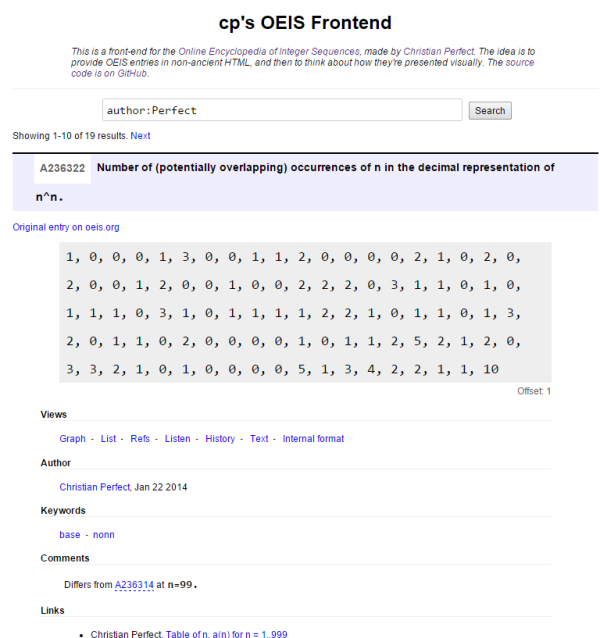
I made a secret posh frontend to the OEIS, because the 90s look of the official site gets me down, and there were a few interface things I wanted to change. It’s running on the web, but I don’t want to abuse the existing OEIS servers, so I’m not going to tell you where it is!
In response to a request from Colm Mulcahy, I made a tool to generate wordsearches.
Integer sequences
I came up with quite a few new integer sequences this year!
- A253594 – Numbers n that have more than one palindromic representation in bases $2 \leq b \leq n-2$.
- A254898 – Read the first $n$ decimal digits of $\pi-3£ backwards.
- A255190 – $a(1)=3; a(n) = $ read the next $a(n-1)$ decimal digits of $\pi$.
- A255355 – $a(1)=3; a(n) = $ read the next $a(n-1)$ base-3 digits of $\pi$.
- A255503 – $a(1) = 3; a(n) = $ read the next $a(n-1)$ base-4 digits of $\pi$.
- A256516 – Numbers obtained by removing the first $a(n) \gt 0$ decimal digits of $\pi$ set new records for closeness to $\pi$.
- A257054 – Numbers $n$ such that for each decimal digit $d$ of $n$, “sum of all occurrences of $d$ in $n$” is constant.
- A258756 – $a(n) = $ common difference giving the highest score in the game “Sequences” for a sequence with largest element n and as many elements as possible.
- A258757 – For $1 \lt k \leq n$, let $m$ be the largest number such that $k^1, k^2, \ldots k^m$ are palindromes in base $n$. $a(n)$ gives the smallest $k$ which has the largest value of $m$.
- A259621 – Numbers $n \geq 1$ with record-setting smallest values of $\lvert \cos(n)-\cos(n \pi/180) \rvert$.
- A260096 – Numbers whose decimal and hexadecimal representations both have strictly decreasing digits.
- A260915 – Prime number days: prime numbers that can be interpreted as an ISO date.
- A262719 – $a(n)$ is the smallest nonnegative $k$ such that there is no $3 \times 3$ matrix with entries in $\{1,\dots,n\}$ whose determinant is $k$.
- A263458 – Deal a pack of $n$ cards into two piles and gather them up, $n/2$ times. All $n$ such that this reverses the order of the deck.
Next year
There are 11 headers above, so I just had to round it out to 12. I think I’ll look ahead to 2016.
I turn 30 next year. I don’t think I’ll be as productive as I was this year. You could say I’m… in my prime.

